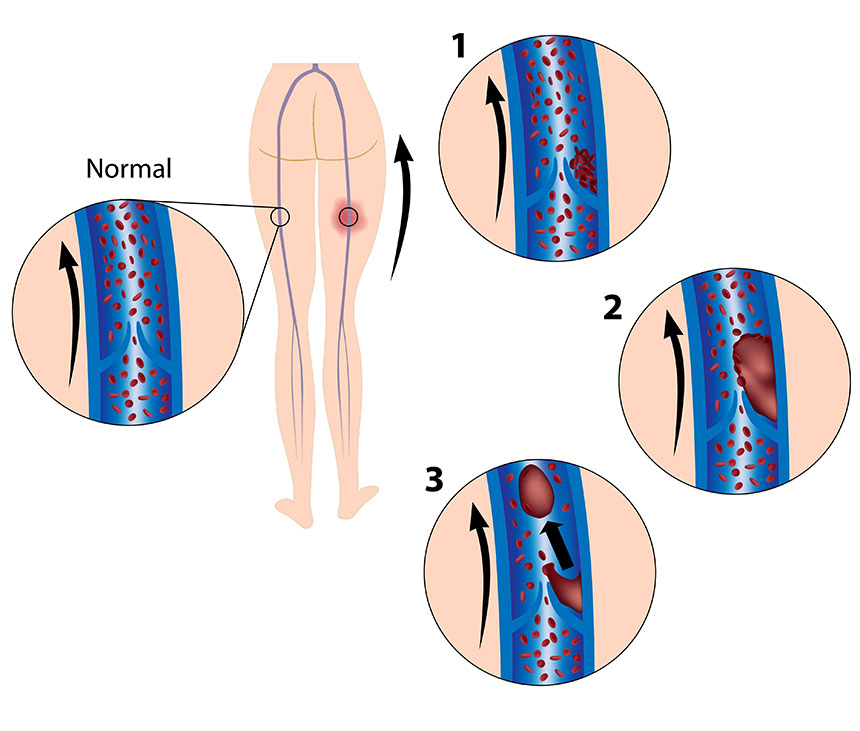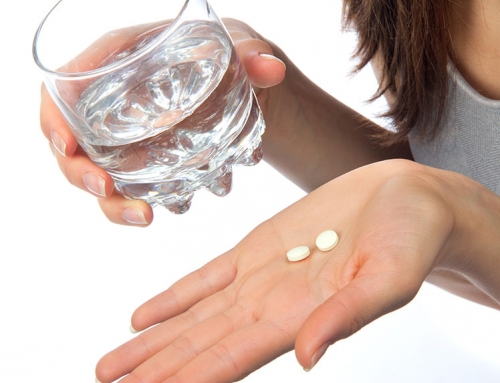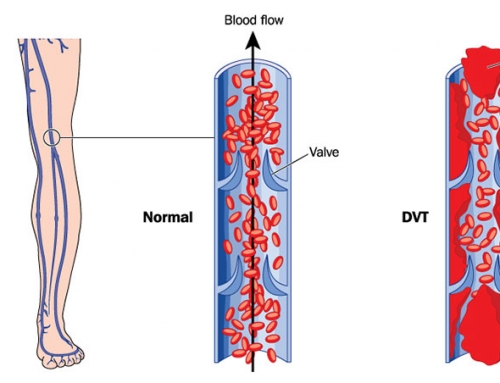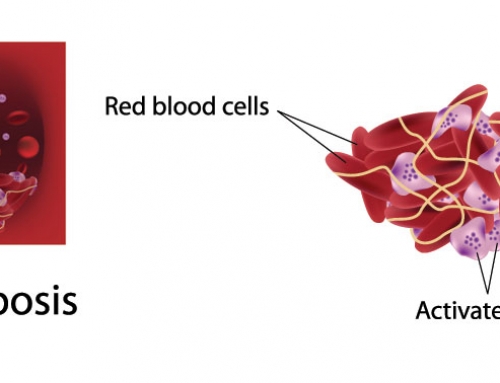What are the risk factors for deep vein Thrombosis?
There are numerous risk factors that can contribute to the chance of developing deep vein thrombosis (DVT). Some risk factors are inherited and cannot be modified, but some risk factors can be decreased through diet and lifestyle changes.
Inherited blood clotting disorder
Different types of inherited thrombophilia can be passed on to the next generation. However, the genetic changes associated with an increased risk of thrombophilia may not be problematic unless one or more other risk factors for DVT are present.
Family history
If there is someone who has a family history of DVT, there is an increased likelihood that DVT will develop.
Cancer
Some types of cancer (e.g. pancreas, bowel, lung, stomach and ovary) can stimulate the release of more platelets and clotting factors in the blood, which increase the likelihood of DVT. Cancer treatments, such as chemotherapy, are also a risk factor in forming blood clots, as it causes damage to the blood vessels.
Inflammatory bowel disease
Crohn’s disease and ulcerative colitis are inflammatory bowel diseases. They cause chronic inflammation in the digestive system, and these disorders can also increase the likelihood of developing DVT.
Heart problems
People with heart failure or heart attacks have a higher likelihood of developing DVT. As these individuals have decreased heart and lung functions, the symptoms can cause more serious consequences.
Advanced age
Anyone over the age of 50 years is at an increased risk of DVT, and by 70 years old, the risk of developing DVT increases by two-fold.
Pregnancy
During pregnancy there is an increase in blood coagulation factors and an increase in the venous pressure in the pelvis and legs. Each of these factors increase the risk of DVT during pregnancy and for up to 6 weeks after birth.
Surgery
Both surgery and injury can damage the walls of blood vessels, leading to bleeding and an increase in risk of blood clot formation.
Immobility
For people who are bed-ridden, paralyzed or have been sitting for long hours, (such as long plane flights), the chances of developing blood clots can increase. This is due to a lack of blood circulation, and it can cause blood stasis and eventually DVT.
Medication
Medications such as hormone replacement therapy or birth control pills can increase the blood hypercoagulability and the risk of developing blood clots.
Dehydration
Dehydration can cause blood to thicken, which can increase the risk of forming blood clots.
Diabetes
People with diabetes have high blood glucose as their symptom. High blood glucose levels can lead to dehydration, hence an increased risk of DVT.
Smoking
Smoking can increase the chance of developing blood clots, as it can affect blood circulation and damage blood vessels.
Obesity
People who are overweight or obese have a higher probability of developing blood clots, as the extra weight can increase venous pressure in the legs and pelvis.
References:
den Heijer M, Lewington S, Clarke R (2005). Homocysteine, MTHFR and risk of venous thrombosis: a meta-analysis of published epidemiological studies. J Thromb Haemost. 3: 292-9.
Gatt A, Makris M. Hyperhomocysteinemia and venous thrombosis (2007). Semin Hematol. 44(2): 70-6.
Thrombophilia. DNA Direct. Guidance and Decision Support for Genomic Medicine.
DNA In the News2017-04-06T20:04:41+00:00






